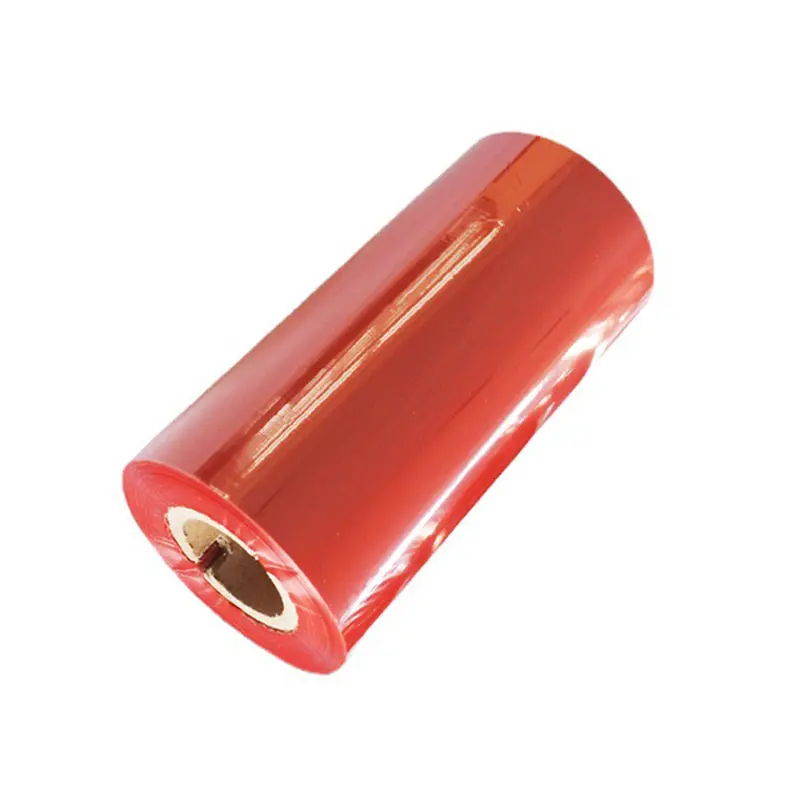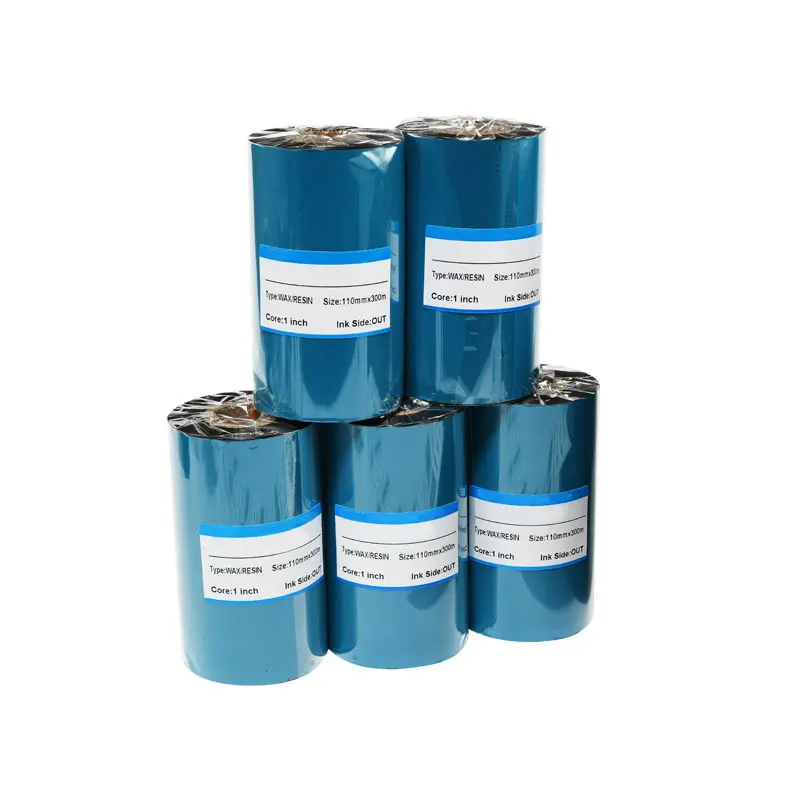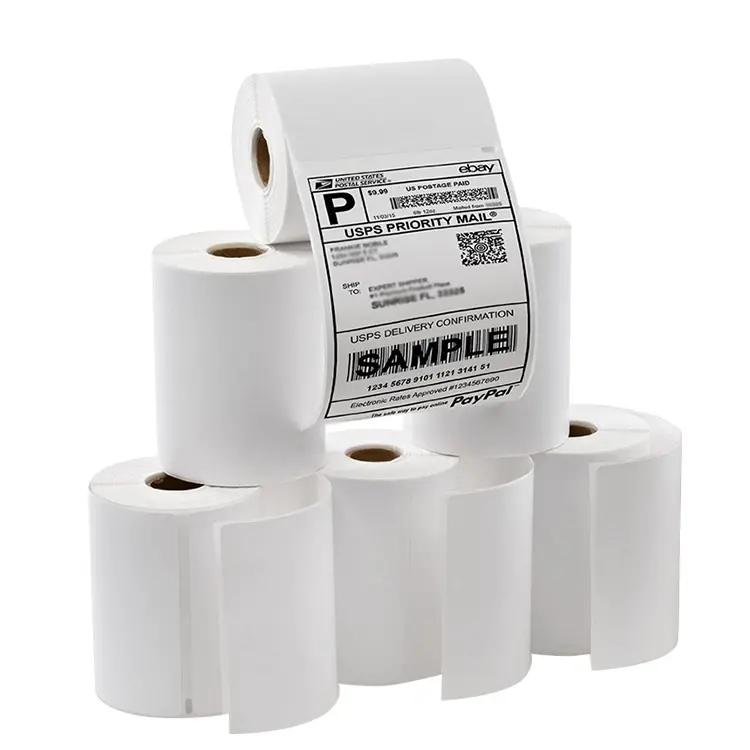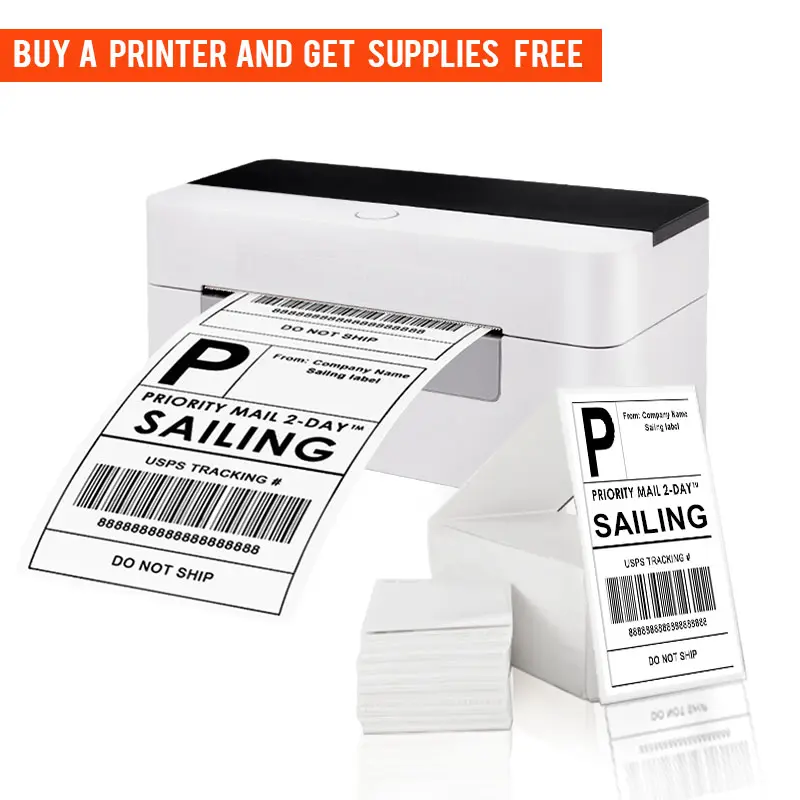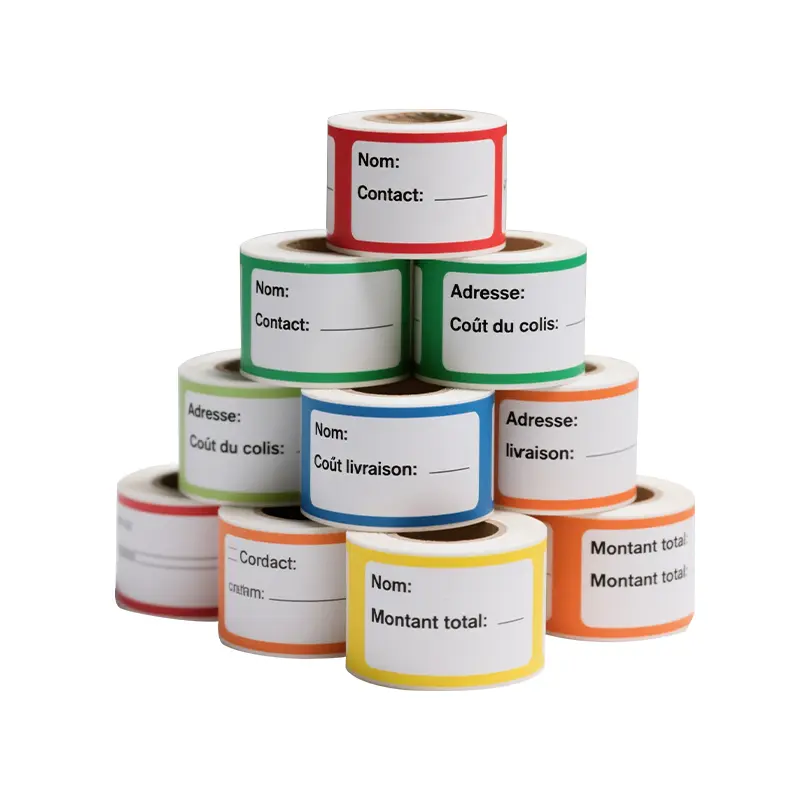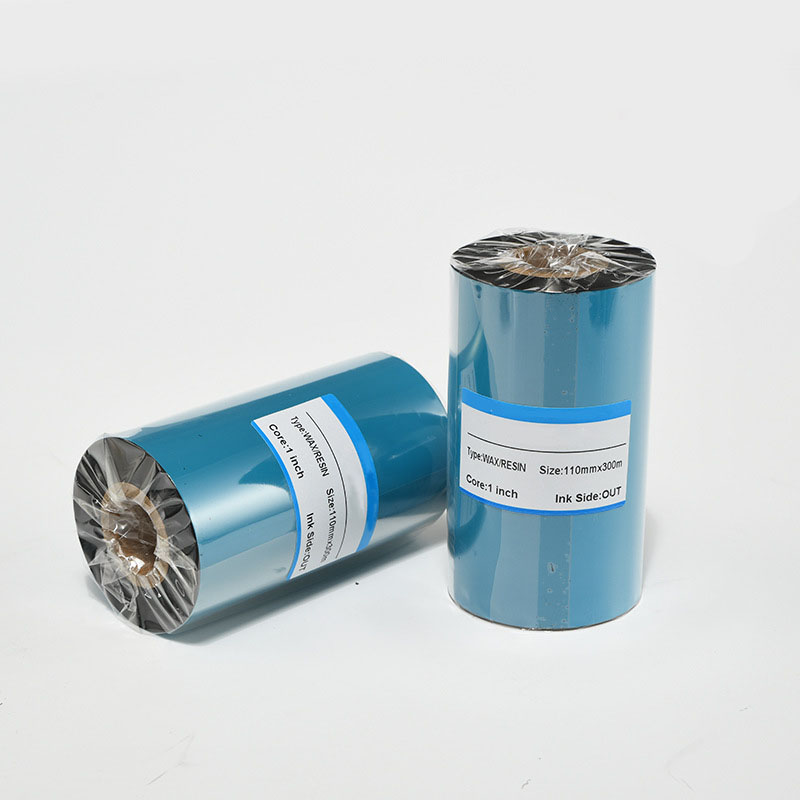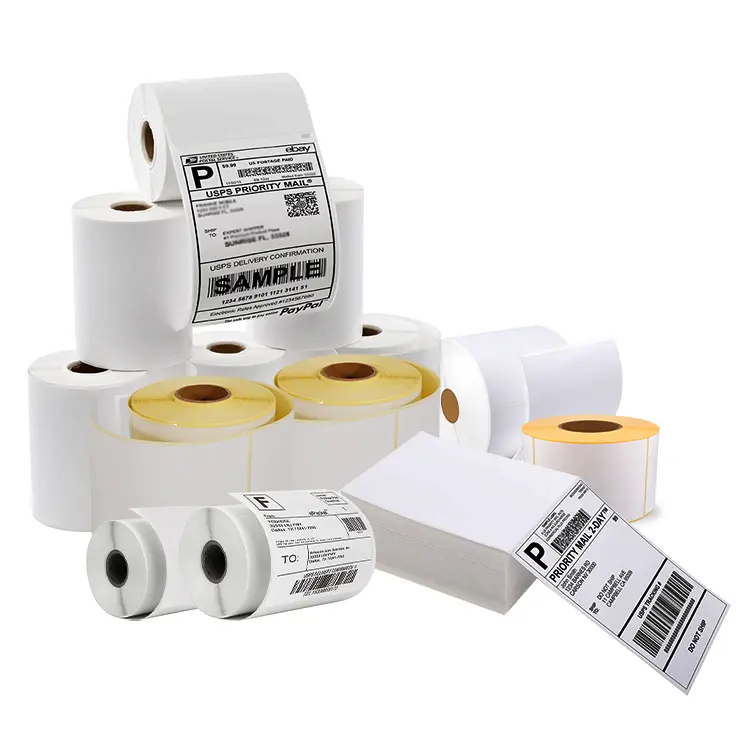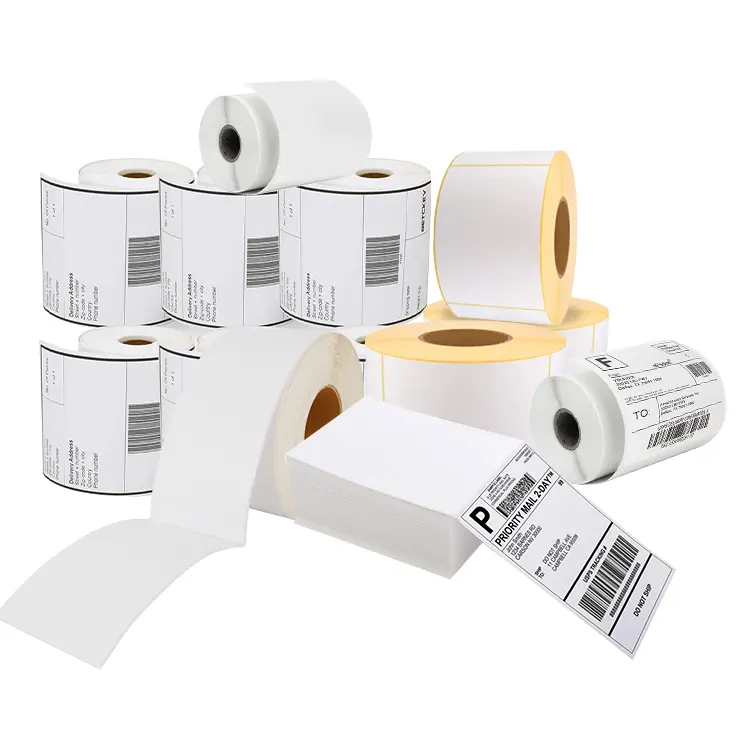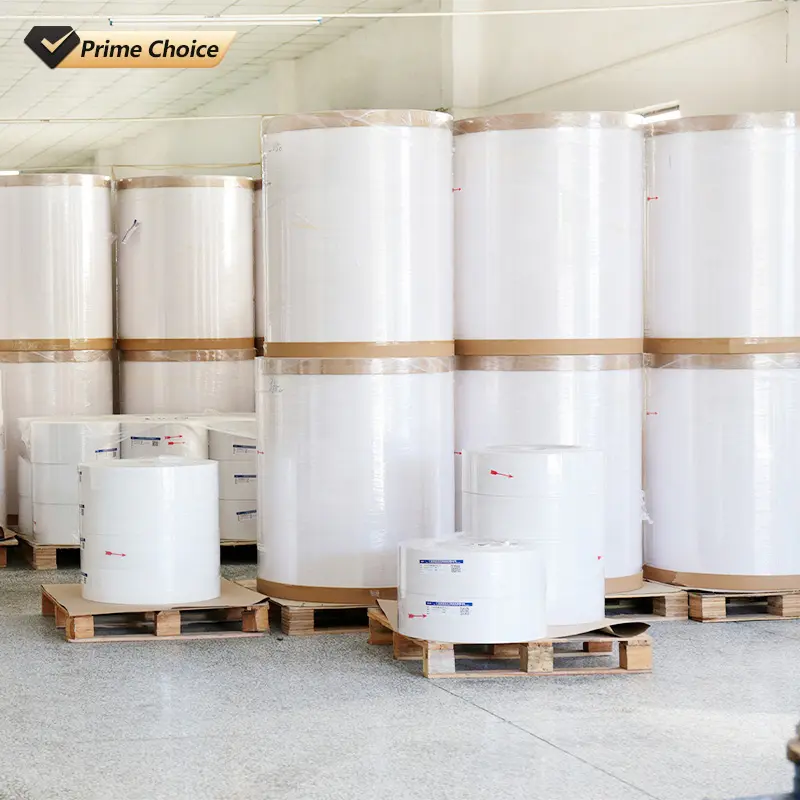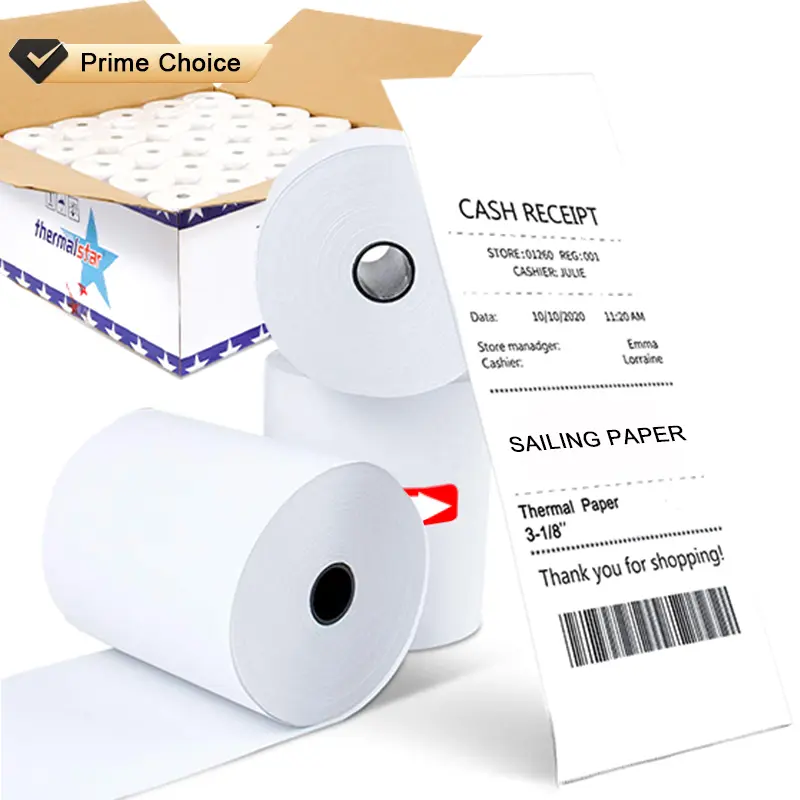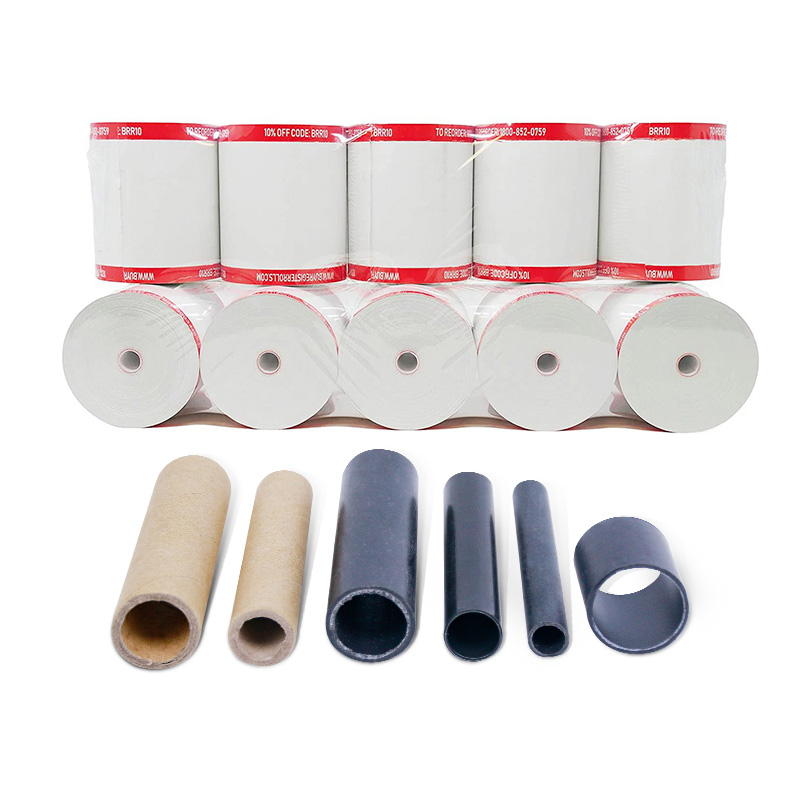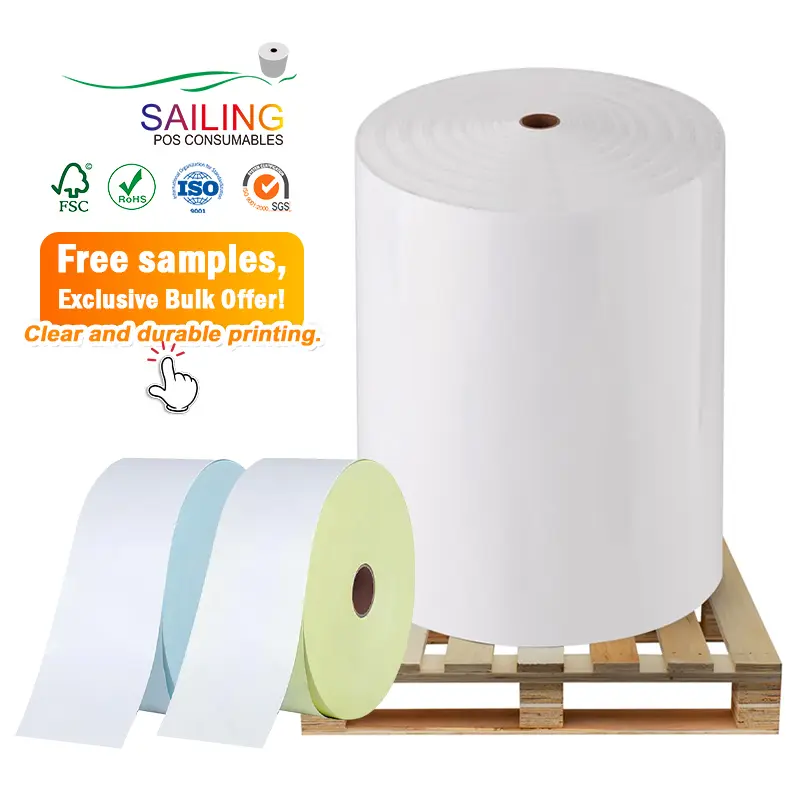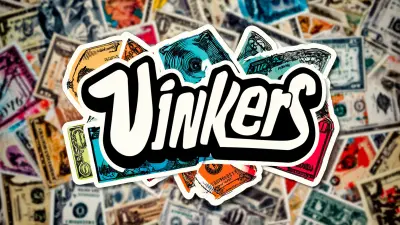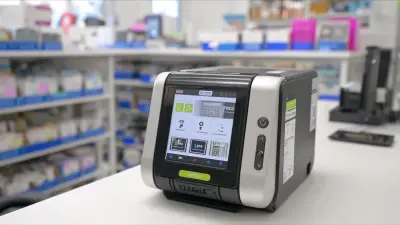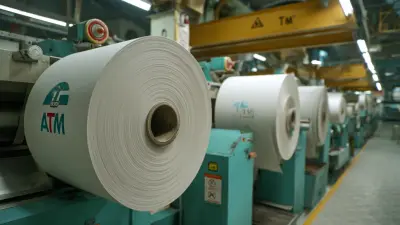Thermal Transfer Labels vs Direct Thermal Labels: Wholesale Supplier Guide
When I'm exploring the best labeling solutions for my business, I often find myself comparing Thermal Transfer Labels vs Direct Thermal Labels. Each has its own advantages, especially when considering cost and durability. Thermal transfer labels are great for long-lasting prints, especially in environments where resistance to fading is crucial, while direct thermal labels are usually cheaper and perfect for short-term applications, like shipping labels, As an exporter, I understand the importance of reliable and cost-effective label solutions. That's why I turn to ShenZhen Sailing Paper Co., Ltd. They offer a range of both thermal transfer and direct thermal labels at competitive prices. Whether I need labels that last or the cheaper option for my day-to-day use, they have got me covered. By choosing them, I ensure I get quality labels that meet my needs without breaking the bank
Leading Chinese Thermal Transfer Labels Vs Direct Thermal Labels For the Current Year Where Innovation Meets 2025
In the dynamic landscape of labeling solutions, the choice between leading Chinese thermal transfer labels and direct thermal labels has become increasingly pivotal for global businesses in 2025. As companies like Sailing, founded in 2011, expand their international footprint with robust production facilities in both China and Malaysia, understanding the innovations within label technology is crucial for procurement professionals.
Thermal transfer labels utilize a ribbon-based printing method, allowing for high-resolution images and durable labels that withstand various environmental conditions. This makes them ideal for industries requiring longevity and print clarity, such as logistics and packaging. In contrast, direct thermal labels simplify the printing process, making them a cost-effective choice for short-term applications where budget constraints are paramount. This innovation-driven approach ensures that businesses can find tailored solutions that align with their specific operational needs.
As we look towards 2025, it’s essential for global buyers to evaluate the evolving technological advancements in both thermal transfer and direct thermal labels. Investing in high-quality labeling solutions from reputable manufacturers like Sailing not only enhances product presentation but also streamlines logistics and compliance processes. Embracing these innovations will empower organizations to remain competitive in a rapidly changing market while ensuring their labeling solutions meet the diverse demands of customers worldwide.
Leading Chinese Thermal Transfer Labels Vs Direct Thermal Labels For the Current Year Where Innovation Meets 2025
| Label Type | Durability | Print Quality | Cost Efficiency | Applications | Environmental Impact |
|---|---|---|---|---|---|
| Thermal Transfer Labels | High (up to 5 years) | Excellent (high-resolution) | Moderate (ink and ribbon cost) | Logistics, Inventory, Retail | Low (can use eco-friendly inks) |
| Direct Thermal Labels | Moderate (1-3 years) | Good (limited by heat sensitivity) | High (no ink or ribbon needed) | Shipping, Barcoding, Short-term | High (process involves non-recyclable material) |
Practical Methods To Thermal Transfer Labels Vs Direct Thermal Labels in 2025 Stands Out
A
Ava Anderson
Top-notch quality! The representatives were attentive and addressed my concerns promptly.
03
June
2025
M
Matthew Rodriguez
Impressive quality and design! I appreciate the professional manner in which my inquiries were handled.
04
July
2025
N
Natalie Turner
Great purchase! The quality is excellent and the service staff is incredibly professional.
17
May
2025
L
Liam Diaz
The product quality is exceptional! The after-sales support was quick and very helpful.
06
May
2025
O
Olivia Young
Absolutely delighted! The quality is remarkable and the staff was incredibly helpful.
26
May
2025
J
Jackson Wilson
Superior quality! The support team was very helpful and knowledgeable throughout the process.
05
July
2025






 Thermal labels
Thermal labels


